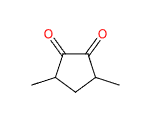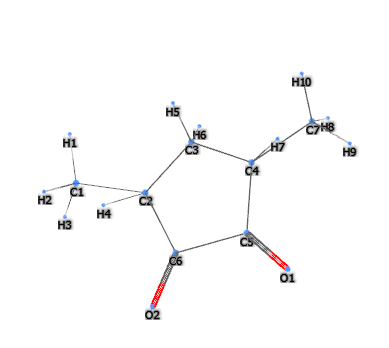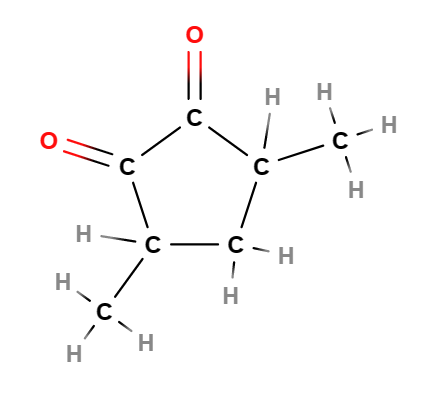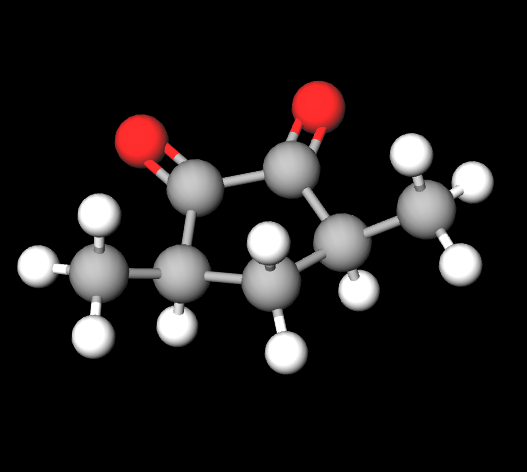| "Descrizione" by AColumn (9336 pt) | 2023-Jun-24 17:53 |
Review Consensus: 10 Rating: 10 Number of users: 1
| Evaluation | N. Experts | Evaluation | N. Experts |
|---|---|---|---|
| 1 | 6 | ||
| 2 | 7 | ||
| 3 | 8 | ||
| 4 | 9 | ||
| 5 | 10 |
E150b is a chemical compound, an ingredient included in the list of European food additives as a colouring agent and is a type of caramel colour produced by heating carbohydrates in the presence of sulphite compounds. It is one of four classes of caramel colourants, widely used in the food and beverage industries to give products a brown colour.
The exact composition of E150b may vary depending on the specific carbohydrate and sulphite used in its production. However, it is important to note that, despite their name, caramel colours do not have the same flavour properties as typical caramel.
It appears in the form of a light brown powder.

What it is used for and where
Food
A food additive colouring agent included with the number E150 in the list of European food additives. This number includes 4 types of Caramel :
- E150a : Plain caramel
- E150b : Caustic sulphite caramel
- E150c : Ammonia caramel
- E150d : Sulphite ammonia caramel
They are obtained from sugar by an industrial process using high temperatures and burning. The colour is dark and can vary from brown to black.
The synthesis process takes place in different steps:
- Preparation. The first step involves the preparation of a sugar solution, usually using sugars such as glucose or sucrose.
- Addition of sulphite compounds. Sulphite compounds, such as sodium sulphite, are added to the sugar solution.
- Heat treatment. The sugar and sulphite solution is heated under controlled conditions. This causes the sugars to undergo a series of chemical reactions that lead to the formation of the caramel colour.
- Neutralisation and filtration. After the heating process, the solution is neutralised, usually with an alkali, and filtered to remove any insoluble materials.
- Concentration and drying. The filtered solution is concentrated, usually by evaporation, and dried to obtain the final product.
Safety
For E150c and E150d, there is an Acceptable Daily Intake (ADI) of about 200mg/kg body weight, while for E150a and E150b there is no ADI.
In particular, E150d - sulphite-ammoniacal caramel is a rather controversial colouring agent that is used in foodstuffs and is part of the E150 family of additives, all of which are colourants.
Cosmetics
Dye
 |  |
 |  |
The most relevant studies and their abstracts have been selected to explore this topic:
- Molecular Formula C7H10O2
- Molecular Weight 126.15
- CAS 8028-89-5
- UNII T9D99G2B1R
- EC Number 232-435-9
- DSSTox ID DTXSID0047660
- IUPAC 3,5-dimethylcyclopentane-1,2-dione
- InChl=1S/C7H10O2/c1-4-3-5(2)7(9)6(4)8/h4-5H,3H2,1-2H3
- InChl Key MIDXCONKKJTLDX-UHFFFAOYSA-N
- SMILES CC1CC(C(=O)C1=O)C
- NCI C80151
- JECFA 421
- FEMA 3269
- UN
Synonyms:
- ap680
- bc420(color)
- burntsugar
- burntsugarcoloring
- c.i.naturalbrown10
- caramelcolordye
- ds400
- p255
- rt80
- sethness858
- FEMA 2235
- CARAMEL I
- CARAMEL IV
| Evaluate |

